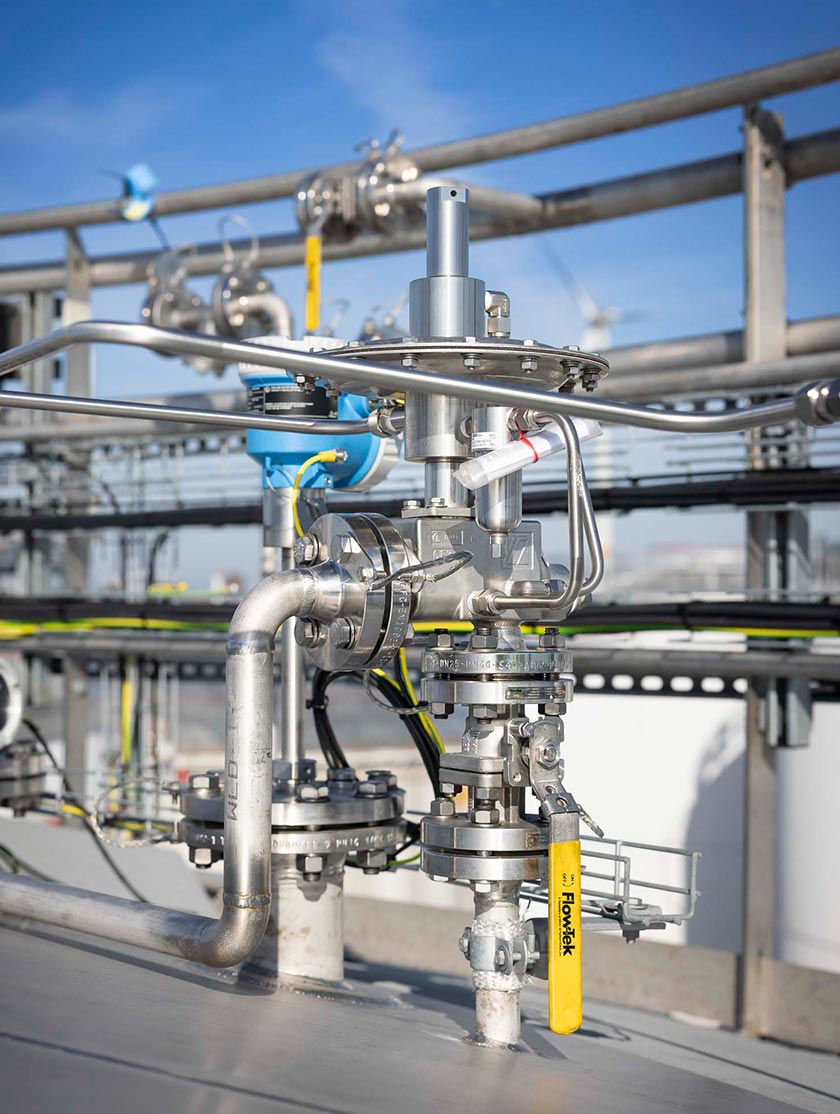Pressure Reducing Regulator Performance and Energy Savings
In modern industrial and commercial fluid systems, a pressure reducing regulator (also referred to as pressure regulator) plays a critical role in controlling downstream pressure to maintain system stability, safety, and efficiency. Although often overlooked, the performance of these devices can have a significant impact on overall system energy consumption. Understanding these impacts is key to optimizing energy use, reducing operating costs, and promoting sustainable practices.
Understanding Pressure Reducing Regulators
A pressure reducing regulator is a mechanical device designed to reduce higher inlet pressure to a lower, stable outlet pressure, regardless of upstream supply fluctuations or downstream demand changes. They are widely used in gas and liquid distribution systems, HVAC, manufacturing processes, and water management applications to provide equipment protection and operational consistency.
Key Performance Parameters Impacting Energy Consumption
- Set Accuracy and Stability
Accurate pressure control ensures that the downstream system is operating within its optimum pressure ranges. An incorrectly set or unstable pressure reducing regulator can cause pressure fluctuations, resulting in unnecessary energy consumption by downstream equipment such as pumps, compressors, or boilers that may have to work harder to compensate for pressure changes. - Response Time and Sensitivity
The ability of the pressure reducing regulator to respond quickly and accurately to changes in upstream pressure or system demand affects energy savings. Slow or insensitive regulators will cause pressure overloads or underloads, which can lead to overpressure or underpressure conditions, increasing energy consumption. - Capacity and Pressure Drop
Pressure reducing regulators inherently create a pressure differential by restricting fluid flow. Size and design affect the pressure drop characteristics of the regulator. An overly restrictive pressure reducing regulator increases throttling losses, requiring more input energy to maintain flow. Selecting and maintaining regulators that minimize unnecessary pressure drops can reduce energy waste. - Seat Leaks and Seals
Internal regulator leaks, often caused by worn or damaged seats and seals, result in the continual loss of compressed fluid. This leakage wastes energy by forcing the supply systems to compensate for the loss of pressure and flow, which increases fuel consumption.
System Energy Consumption Implications
- Increased Operating Costs
Inefficient pressure reducing regulators cause ancillary equipment to operate at less than optimal conditions. For example, in gas distribution, unstable discharge pressures can force high-pressure compressors to operate longer or cycle more frequently, directly increasing electrical or fuel costs. - Shortened Equipment Life
Pressure fluctuations and excessive throttling increase mechanical stress and shorten the life of pumps, compressors, and connected equipment. This indirectly increases energy consumption by requiring frequent equipment replacement and associated downtime. - Suboptimal Process Performance
Processes that rely on precise pressure conditions, such as chemical reactors, thermal systems, or pneumatic controls, suffer from reduced performance if pressure is not reliably maintained. The energy wasted to compensate for poor pressure reducing regulator performance accumulates over time. - Environmental Impact
Excessive energy consumption due to inefficient pressure control increases greenhouse gas emissions, especially in fossil fuel systems. Improving pressure reducing regulator performance therefore contributes to sustainability and regulatory compliance initiatives.
Best Practices for Optimizing Pressure Reducing Regulator Performance for Energy Efficiency
- Proper Sizing: Use accurate load calculations and refer to manufacturer specifications to select regulators with appropriate capacity and turndown range.
- Routine Maintenance: Regular inspection and maintenance for leaks, wear, and calibration drift help maintain efficiency.
- Integration with System Controls: Integrating pressure reducing regulators with intelligent sensors and automated control systems can improve responsiveness and reduce energy waste.
- Minimize Pressure Drop: Optimize piping layout and regulator placement to minimize unnecessary pressure drops.
Conclusion
The performance of a pressure reducing regulator goes far beyond simple pressure control; it has a fundamental impact on the energy dynamics of the entire fluid system. By prioritizing accurate, stable, and efficient pressure reducing regulator operation, companies can achieve significant energy savings, reduce operating costs, and promote sustainable operations. Investing in advanced controls and maintenance systems pays off in both system efficiency and environmental care.
Need the Right Pressure Reducing Regulator? Get Expert Help Selecting the Ideal Regulator Engineered for Performance |
Cashco’s pressure reducing regulators are designed for precise pressure control across a wide range of industrial applications—delivering reliability, safety, and efficiency. For more information about Cashco's regulators, view all models here .
Cashco's priority is to make sure you select the right product for your application. Need help sizing your regulator? Complete our Regulator Sizing Form and our experienced team will gladly assist you in finding the ideal product!
Animated Guide: Pressure Reducing Regulator Function |
Discover the workings of a pressure reducing regulator in our animation video. Using the force-balance principle, this device reduces and maintains downstream pressure in a pipeline. Watch as we demonstrate how the regulator’s diaphragm and valve assembly create resistance to reduce upstream pressure. Learn how downstream flow demands impact the regulator, causing it to adjust and maintain a constant pressure.





